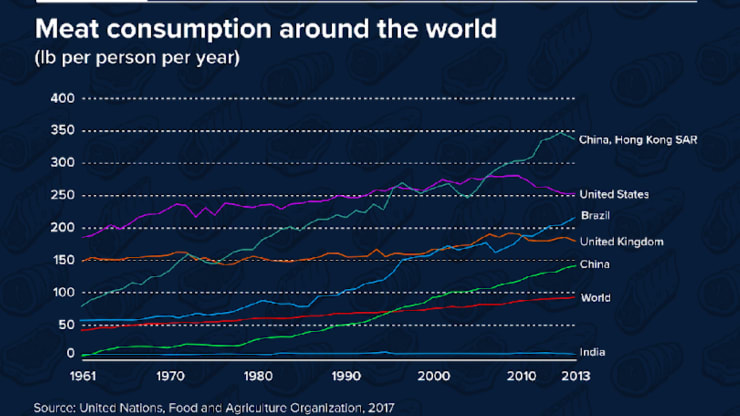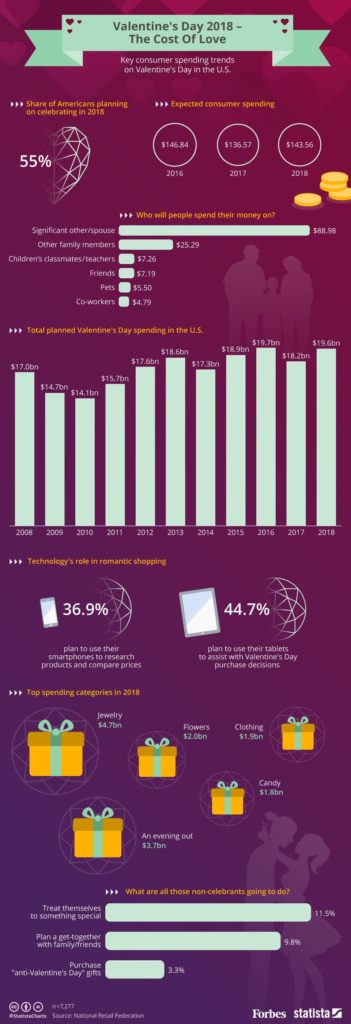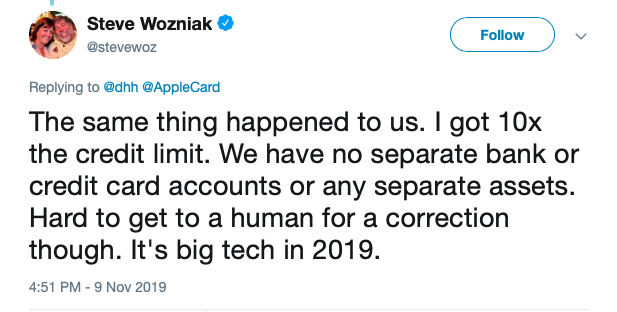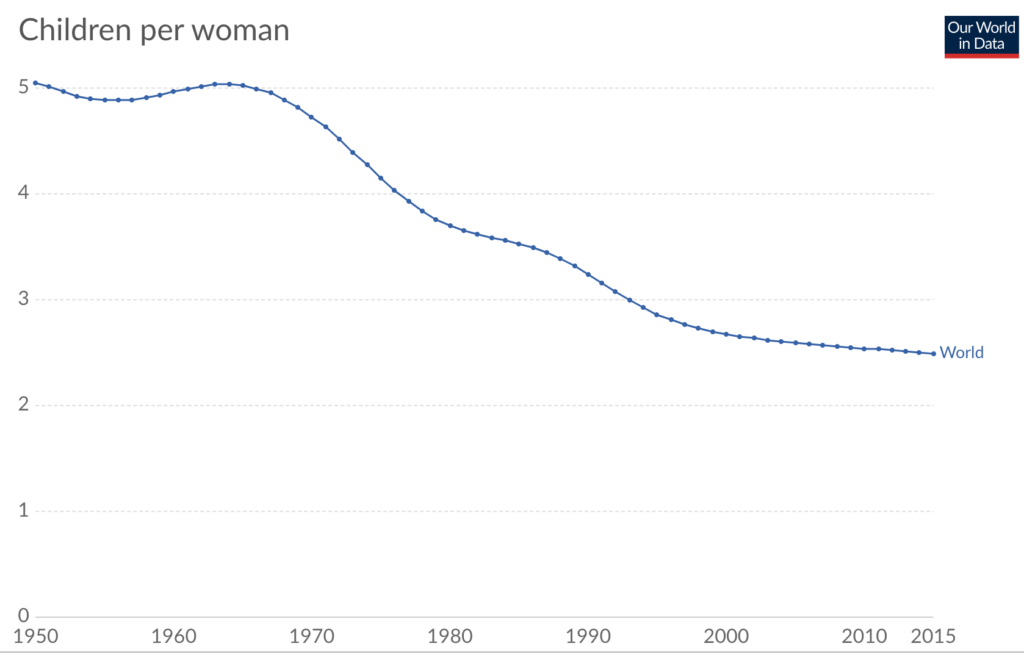In addition to Apple’s announcement of the new “Airpods Pro”, last week, Apple announced that they are making a $2.5 billion pledge to help ease the egregious cost of living in California, particularly in the Silicon Valley area.
The Plan
As part of this announcement, Apple laid out a five-point course of action that includes $1 billion for affordable housing investment fund, $1 billion in mortgage assistance for first-time home buyers and in addition, opening up 40 acres of Apple-owned land, valued at around $300 million, for affordable housing. Apple stated that the remaining $200 million will be given to a San Francisco Affordable Housing fund and additionally, surrounding vulnerable cities. While the severity of the housing crisis, in both the Bay Area and California as a whole, is urgent and rapidly increasing, Apple’s plan will take two years to reach completion–depending on the availability of projects, that is. That being said, money made on the projects will be reinvested in future projects over the coming five years.
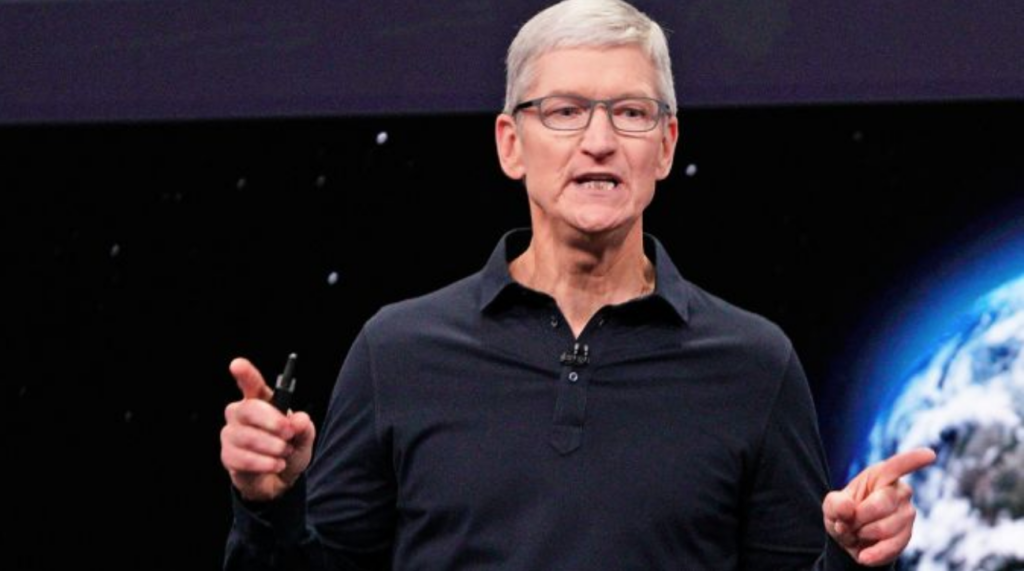
Overall, Apple believes that their efforts will give the state of California an open credit line to build more houses and suppress the economic constraints that large tech companies have plagued regions like Bay Area, and many more, with. The financial package was created in partnership with California Governer Gavin Newsom, who pledged to inspire the “biggest wave of homebuilding in modern history.”
Other Tech Companies Participate
Seeing as Apple is not alone in contributing to the housing crisis, other large tech companies have pledged and drafted similar initiatives and programs. This past June, Google pledged $1 billion to “redevelop company-owned land for affordable housing” and additionally, created an investment fund to attract developers to construct, at minimum, 5,000 affordable housing units in Silicon Valley. In January, Facebook partnered with an organization to raise $500 million aimed at fighting the housing crisis in California. Beyond the Bay Area, companies like Microsoft and Amazon have publicly stated that they would funnel funds towards affordable housing initiatives in Seattle (where they are headquarted).
The Housing Crisis
So what’s the issue at play here? Currently, in San Francisco, 7,000 people are homeless and in San Jose, the average home value is $1 million–double the price from 2012. With an influx of tech companies and high-paid workers flooding into both San Francisco and the surrounding Bay Area neighborhoods, a shortage of affordable rent and housing options have crowded out middle and low-income workers (See Graph Below for Average Home Sale Prices). As a result, five Bay Area counties have been named five out of the six most expensive places to live in the country. Those who’ve fallen victim to this phenomenon include: teachers, restaurant workers and a multitude of people working blue collar jobs.
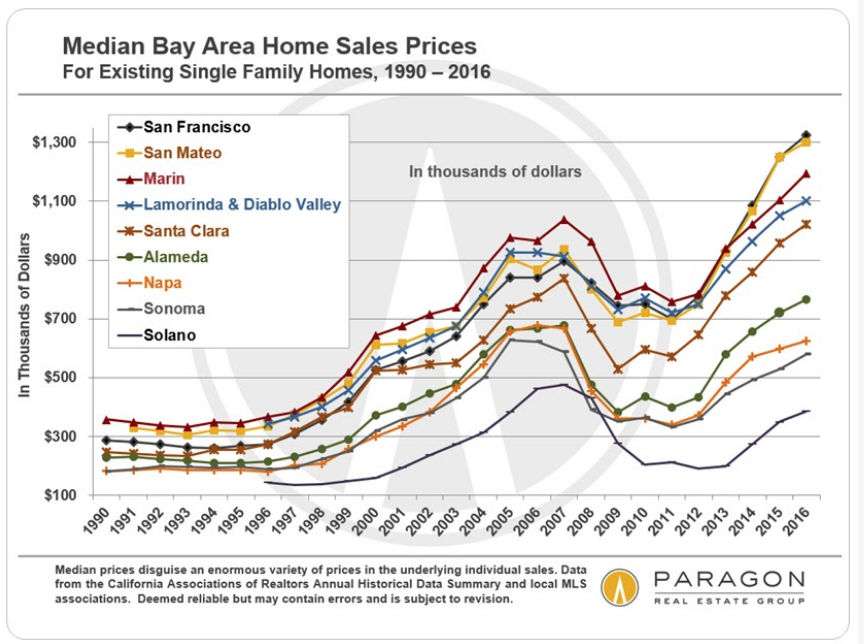
Apple CEO Tim Cook stated “Affordable housing means stability and dignity, opportunity and pride. When these things fall out of reach for too many, we know the course we are on is unsustainable, and Apple is committed to being part of the solution.” Apple, clearly, is aware that as a juggernaut in the tech industry, their power and success have sweeping social and economic effects on the markets and economies surrounding their businesses headquarters. While IPO’s of tech companies and an increase in tech employees have driven up home values and rent prices in regions like the Bay Area, some of the housing costs issues are fed by problems in which companies like Facebook and Apple are not directly responsible. For example, San Jose, a city of 1.035 million people, has issued over 1,300 housing permits for residential buildings in the first half of 2019, however only 134 are for affordable housing. This poses as a threat to the completion of tech companies efforts aimed at helping the issue. George Ratiu, a senior economist at Realtor.com, cautions that at this pace, the 20,000 units that Facebook envisioned might actually take years and years to complete. Because construction isn’t keeping up with demand and housing prices are steadily increasing, people are leaving. In a direct response to the Bay Area housing issues, many have relocated to cities like Austin, Texas or Charlotte, North Carolina.
Too Little Too Late
While it’s only right that companies accountable have begun to try and reverse the effects they’ve had on the housing market, economists and scholars warn that they might’ve come flying to the rescue a little too late. Vice President of Market Economics at Auction.com Daren Blomquist warns that because of the time it takes to build more houses and inventory, these companies might be too late. In an interview with MarketWatch, Blomquist stated “Even if ground was broken tomorrow on the new affordable housing being promised, that housing wouldn’t likely be available for at least another year, if not more.” Senator Bernie Sanders even said that apples entrance into the real estate lending industry is an attempt to dilute the fact that they helped create the current housing crisis.
While the amount of money that these large companies have donated is rather large and worthy of recognition, some believe that it’s just a dollar short. MarketPlace notes that the public housing issue needs an injection of around $50-70 billion dollars on a national level. To this end, experts accept the money with open arms, but they know that it won’t be the end all be all for the housing crisis.
The Ideal Solution
So what’s the correct answer? While the insane amount of donations that tech companies have pledged will surely have an impact, the true solution extends way further than donations. Beyond investing in construction, critics have acknowledged just how integral it is that all groups–businesses, community members, government actors– work together in fighting this issue. Having just the private sector involved in determining the supply of housing could actually increase housing prices all together and furthermore, in the end, it really won’t benefit companies to become reliant on tech juggernauts to save the day with large donations in the face of a crisis.
Perhaps more effective would be if policymakers worked together to address zoning and building regulations. More specifically, the same regulations and zoning practices that have delayed developer’s agency in building new homes. Seeing as tech companies have a rather large public platform to vocalize a political and social voice, perhaps tech companies could publicly exert pressure on state and local law agents to loosen the above regulations. If they threaten to leave the area or usurp previously mentioned donations should these regulations persist, lawmakers might actually reassess and address the current housing regulations.
Going forward, tech companies should be proactive rather than reactive. For example, housing developers have to pay a fee that supports the construction of affordable housing in the city of Mountain View (located near Silicon Valley). To allow housing developers to buy land before prices shot up, LinkedIn made this money available two years in advance to the actual construction. If Apple, Facebook and Google look into the future to draft proactive measures, they might be able to circumnavigate the existence of future problems instead of addressing them after the fact.
Sources
- https://www.kjrh.com/news/national/apple-will-spend-2-5-billion-to-help-solve-californias-housing-crisis
- https://www.latimes.com/california/story/2019-10-21/gavin-newsom-california-housing-crisis-solution
- https://www.marketwatch.com/story/apple-facebook-google-and-amazon-are-putting-billions-of-dollars-toward-affordable-housing-but-that-money-may-be-too-little-too-late-2019-11-08







